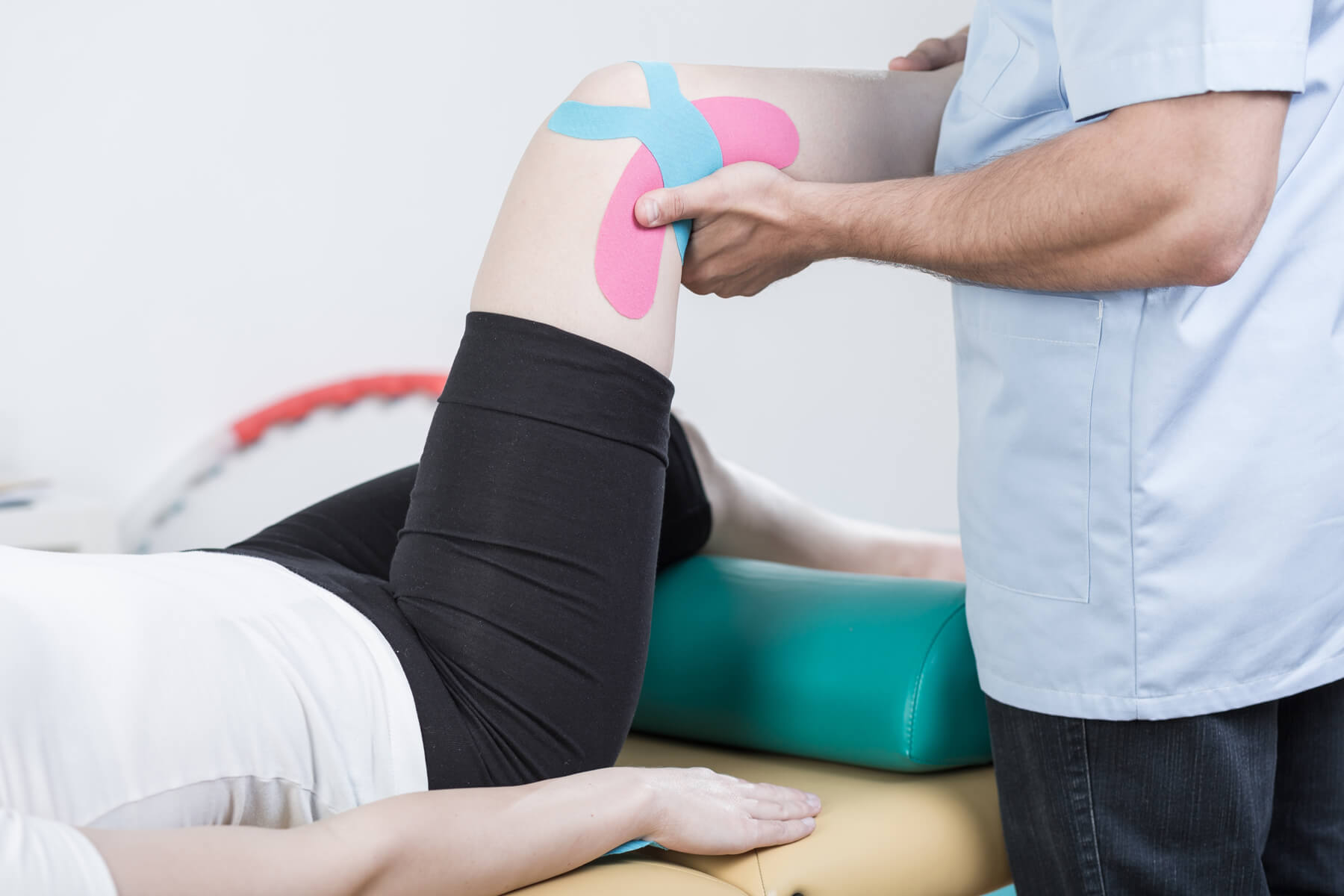- We sometimes get asked the question – is Osteopathy safe? To answer, it may help to know that Osteopathy is a registered health profession – like nursing or physiotherapy. It also has a low number of reported adverse events compared to other medical and manual therapy professions.
Coming to see a health professional for the first time can be daunting, especially when it’s a practice you’re not familiar with. In general terms, you are very safe in choosing to see an Osteopath for treatment for any number of painful conditions.
Choose a Registered Osteopath
In Australia, the Government ensures safety standards in health care through the Australian Health Practitioner Regulation Agency (AHPRA). The Agency’s primary role is to help keep the public safe by ensuring that only health practitioners who are suitably trained and qualified to practice in a competent and ethical manner are registered.
Osteopathy is a registered health profession – like nursing, medicine, dentistry, physio and chiro – and it falls underneath the remit of AHPRA. Choosing an Osteopath registered with AHPRA will ensure that your therapist has a minimum of four years of university education and maintains a high level of continuing professional development.
However, as with any medical intervention, there are risks you should be aware of.
Is Osteopathy safe?
By far, the biggest risks of osteopathy are confined to experiencing a bit of soreness in the day or so following the treatment.
More rarely there are cases where the patient’s complaint is aggravated by the treatment and this happens from time to time. Manual therapy is unfortunately not an exact science. Reactions to treatment may differ quite markedly between individuals, as it might in individuals from day to day. This is much more common in complex cases with a long history of pain. An experienced practitioner learns to appreciate this in practice and will adapt their initial interventions to test the response appropriately in these cases.
Finally, there are cases where a patient will be injured requiring medical treatment following treatment with a manual therapist. These are usually related to pre-existing conditions the therapist failed to pick up, like osteoporosis or another disease leading to premature fragility. These cases are very rare but have been reported in the literature as following from all types of manual therapies. A thorough medical history will usually prevent this problem.
Spinal manipulation in the neck is recognised as a risk factor for cerebrovascular injury (this can cause a stroke) in some very rare cases so it’s not suitable for everyone. The numbers are about 1 in 1.46 million neck manipulations will result in stroke according to North American chiropractic data. There is no data on specific osteopathic treatments, as we just don’t have enough numbers or data. To put that number into perspective, your risks of dying from taking the oral contraceptive pill or from taking ibuprofen are higher. But it is a question you have to ask yourself before consenting to neck manipulation. It’s an effective treatment for sub-acute neck pain and stiffness, and if performed in the right circumstances can provide relief to patients in pain.
I’m judicious in my selection of patients for treatment with neck manipulation. Age-related changes like degenerative joint changes in the neck can influence the risk of adverse effects. It’s important to acknowledge that any intervention that can lead to benefit can also potentially cause harm and by being informed about this we can restrict the risk significantly.
The most important thing is to remember that a responsible practitioner will take the time to explain these risks to you during your initial consultation and you will be given plenty of time to ask questions, or to have input into the selection of your treatment techniques. You should never feel pressured or rushed to consent to any treatment, and the therapist should have a written consent process you have time to review before any treatment takes place.
Make an appointment today to see one of our Osteopaths and discuss how we can create an individualised plan to get you back to optimum health.

